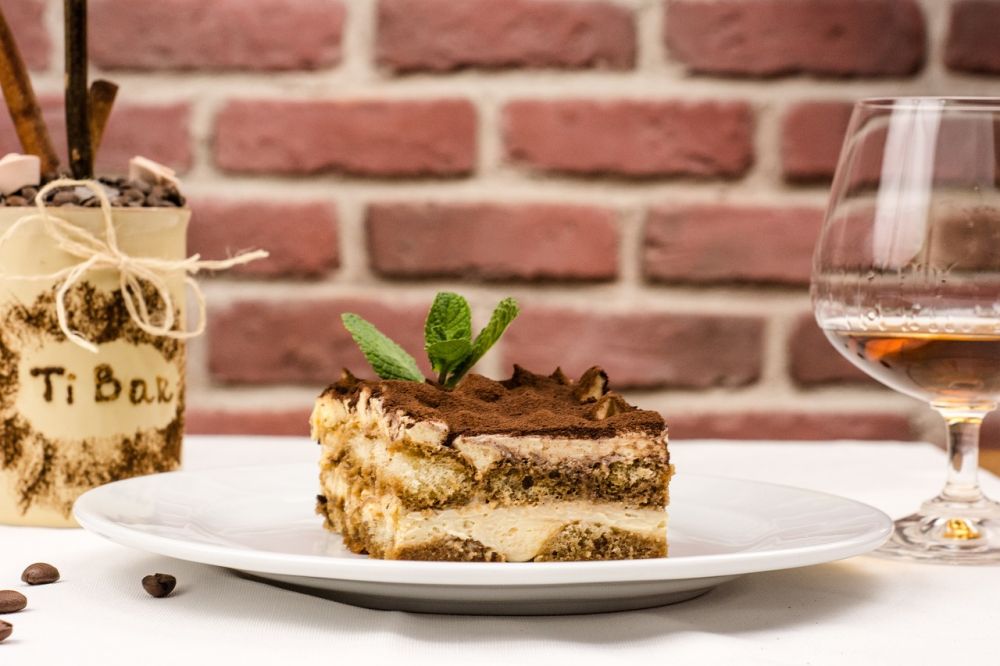Bake Cookies: The Ultimate Guide to the Art of Perfecting the Perfect Cookie

Introduction:
Baking cookies is a delightful culinary activity that has been enjoyed by generations. In this comprehensive guide, we will explore the intricacies of the art of baking cookies. From the various types of cookies to popular recipes and techniques, we will delve deep into the world of cookies and uncover their hidden secrets.
1. Understanding the Basics of Baking Cookies:

Baking cookies involves combining the right ingredients in precise quantities and applying the correct baking techniques. Essential elements such as flour, sugar, fat, leavening agents, and flavorings come together to create a cookie dough that is then transformed into delectable treats. The process of creaming, mixing, and chilling the dough is crucial for achieving the perfect cookie texture and taste.
2. Exploring the Wide Array of Cookie Types:
Cookies come in various forms, each offering a unique taste and texture. The classic chocolate chip cookie remains incredibly popular, with its gooey chocolate chunks and buttery flavor. Other favorites include oatmeal cookies, peanut butter cookies, and shortbread cookies. Additionally, there are seasonal and special occasion cookies like gingerbread cookies for the holidays or heart-shaped sugar cookies for Valentine’s Day.
3. Quantitative Measurements in Cookie Baking:
Baking cookies is a science that requires precise measurements. The ratio of ingredients plays a crucial role in determining the final outcome of the cookie. Measuring ingredients accurately using standardized measuring cups and spoons ensures consistency in taste and texture. It is also important to understand the impact of measurements on cookie spread, texture, and overall appearance.
4. Examining the Distinctions between Different Cookie Varieties:
While cookies may seem similar, distinct differences set them apart. The use of various fats, such as butter, margarine, or vegetable shortening, significantly impacts the texture and flavor of cookies. The amount of sugar, type of flour, and leavening agents used also contribute to the final product. Understanding these differences empowers bakers to create cookies tailored to their preferences.
5. A Historical Perspective on the Pros and Cons of Different Cookie Types:
Over time, cookies have evolved, and with them, their pros and cons. Traditional cookies, made with butter and sugar, offer a rich and indulgent experience but may be high in calories. Health-conscious individuals often turn to oatmeal or almond flour-based cookies for a nutritious twist. Exploring the historical context of cookie recipes sheds light on the choices available to modern-day bakers.
[INSERT VIDEO HERE]
Conclusion:
Baking cookies is a delightful journey that requires precision, creativity, and an understanding of the intricacies involved. By mastering the fundamentals, exploring diverse cookie types, and appreciating the historical aspects, one can unlock the secrets to baking the perfect batch of cookies. So, gather your ingredients, preheat your oven, and embark on a flavorful adventure filled with the sweet aroma of freshly baked cookies.





